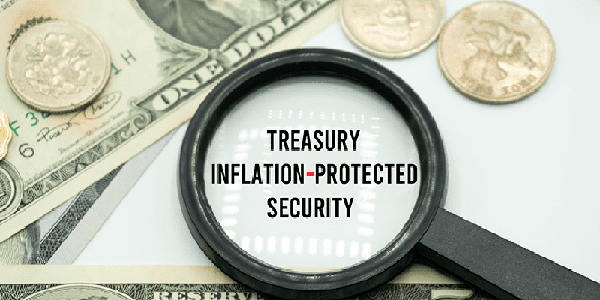Retirement planning isn't just about saving money—it's about ensuring your savings retain their value over time. Inflation is one of the biggest threats to your retirement funds, silently eroding your purchasing power year after year.

So, how does inflation impact your retirement savings, and what can you do to protect your money? Let’s break it down.
Inflation is the rise in prices of goods and services over time. When inflation occurs, the money you've saved buys less than before.
For example, if you needed $50,000 per year to cover expenses today, in 20 years, you might need $90,000 or more to maintain the same lifestyle—depending on inflation rates.
The exact amount of money buys fewer goods and services.
Essential expenses like housing, food, and healthcare increase.
As life expectancy rises, your savings need to last longer.
If you rely on fixed pensions or annuities, they may not keep up with rising costs.
Now, let’s dive deeper into the impact of inflation on different aspects of retirement.
Think about how much things cost 20 or 30 years ago. A gallon of gas, a loaf of bread, or even a movie ticket were significantly cheaper. Over time, these price increases add up, meaning your retirement savings must stretch further.
• The historical average inflation rate in the U.S. is about 3% annually.
• In high-inflation periods (like 2021-2022), inflation has spiked to 7% or more.
If your retirement lasts 30 years, even a 3% annual inflation rate could cut your purchasing power in half by the time you reach the later years of retirement.
One of the most significant expenses in retirement is healthcare. Unfortunately, healthcare costs tend to rise faster than general inflation.
• Over the past 20 years, healthcare costs have increased by an average of 5% per year.
• A retired couple today may need $300,000+ just for medical expenses in retirement.
• Consider Health Savings Accounts (HSAs) to set aside tax-advantaged funds for medical expenses.
• Look into Medicare Supplement Plans (Medigap) to help cover rising costs.
• Plan for long-term care insurance if needed.
If a large part of your retirement income comes from fixed sources like pensions or bonds, inflation can significantly reduce the actual value of your income over time.
• Pensions: Some pensions do not have cost-of-living adjustments (COLAs).
• Bonds & CDs: While safer, their returns may not keep up with inflation.
• Fixed Annuities: Payments remain the same, even as living costs rise.
• Invest in inflation-protected securities, such as Treasury Inflation-Protected Securities (TIPS).
• Diversify your investments with stocks and real estate, which historically outpace inflation.
• Consider annuities with COLAs to help maintain purchasing power.
If you own a home, you might wonder whether paying off your mortgage before retirement is smart.
• Renters: If you don’t own a home, rising rent prices could significantly impact your retirement budget.
• Homeowners: Owning a home with a fixed mortgage can be advantageous since your payments stay the same while inflation increases other costs.
• If your mortgage interest rate is low, invest extra cash elsewhere instead of rushing to pay it off.
• Consider downsizing or relocating to a lower-cost area.
• If renting, lock in a long-term lease to stabilize housing costs.
To make sure your retirement savings keep up with inflation, you need investments that grow at a rate higher than inflation.
Best Inflation-Resistant Investments
Historically, the stock market provides average annual returns of 7-10%, outpacing inflation.
Property values and rental income tend to rise with inflation.
These adjust with inflation, ensuring your money keeps its value.

These assets often rise when inflation is high.
Provide regular income while also offering growth potential.
Keep a diversified portfolio that includes stocks, real estate, and inflation-protected assets to safeguard your purchasing power.
One advantage of Social Security is that it includes a Cost of Living Adjustment (COLA).
• Each year, Social Security payments increase based on inflation.
• In 2023, beneficiaries received an 8.7% increase due to high inflation.
• Delay claiming benefits until age 70 for the highest monthly payout.
• If inflation is high, rely less on Social Security and supplement it with other investments.
To protect your savings, a flexible retirement plan is key. Here’s what you can do:
Action Steps:
Save more than you think you’ll need to account for inflation.
Adjust investments over time to ensure they keep up with inflation.
Even in retirement, a portion of your portfolio should be in stocks.
The longer your money stays invested, the better it can grow.
A side income can help cover rising costs in early retirement.
Inflation is unavoidable, but with the right strategy, you can protect your retirement savings from its impact. You can maintain your purchasing power and financial security by investing in inflation-resistant assets, adjusting your spending habits, and planning long-term expenses like healthcare and housing.
The key is to stay proactive—regularly review your retirement plan, make necessary adjustments, and ensure your money continues to grow. Diversifying your investments and considering income streams that keep pace with inflation can provide extra protection. With careful planning, you can enjoy a comfortable and worry-free retirement, no matter how the economy shifts.